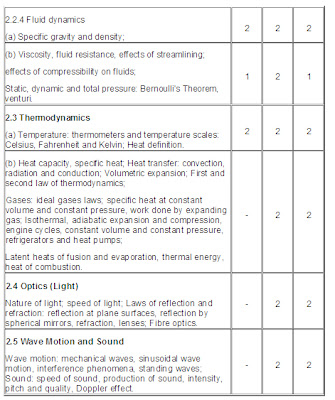CAREER OPPORTUNITIES IN AERONAUTICAL MAINTENANCE ENGINEERING
The Work Of An Aircraft Engineer
Aircraft Engineers are employed throughout the aviation industry in a wide range of facilities maintaining, modifying and overhauling various types of aircraft. The work is diverse very disciplined and is regulated in Europe by the European Aviation Safety Agency (EASA), etc.
The course aims are to provide a comprehensive coverage of engineering together with an introduction to avionics, aircraft structures, jet engines and systems.
This challenging career demands a high level of commitment from the successful candidate. The Aircraft Maintenance Engineer involves two disciplines, Avionics and Mechanical.
The course covers a very broad range of subjects including Airframes and Jet Engines with associated mechanical and avionics systems, aircraft structures/sheet metal and composite materials, physics, mathematics, technical drawing, workshop technology and practice avionics.
Before Seeking A Career In Aircraft Maintenance
- Visit a facility and see the type of work being done in which you are interested.
- Ask employees, qualified engineers about the work involved and the commitment needed.
- Read about the trade or subject before completing the application form. An interest in aviation is welcome but not a requirement.
- Seek advice from your parents and career guidance counselor.























